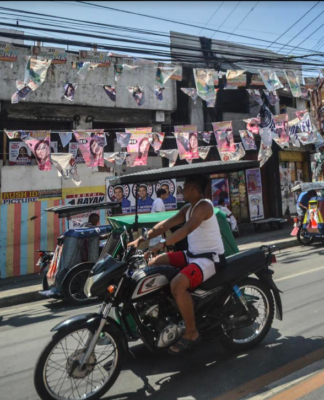THE DEATH of Letty Jimenez-Magsanoc, the Philippine Daily Inquirer’s esteemed editor in chief, has occasioned a look-back on how the newsroom has dramatically changed since the days of the penny press at the turn of the 20th century.
From a newsroom dominated by “macho” journalists, the news scene has been radicalized and even reinvented as women journalists have joined what used to be a “man’s world.”
In some instances, women editors have been bolder and more courageous than the men. This is particularly true of Magsanoc who was executive editor of a paper founded by another woman, Thomasian journalist Eugenia Duran-Apostol.
Women have also been behind the Philippine Center for Investigative Journalism and the Center for Media Freedom and Responsibility.
But Magsanoc and Apostol started as “women’s section” editors and writers. In fact, many women oldtimers in the media started as lifestyle and fashion writers and editors.
But editors such as Apostol used their training in lifestyle and features writing to topple regimes and dictators. During martial law, the Marcos administration overlooked women’s pages as “harmless” publications, and women journalists such as Apostol and Magsanoc reinvented lifestyle journalism as a vehicle for political and critical reportage.
Apostol fearlessly published a special edition of her Mr. & Ms. magazine during the news blackout on the funeral of Benigno “Ninoy” Aquino, Jr. She later established the Philippine Inquirer as a weekly that provided stories regarding the Aquino trial. It was succeeded in 1985 by the Philippine Daily Inquirer, a broadsheet that countered the administration’s propaganda newspaper during the 1986 snap elections.
In the 1980’s, Ceres Doyo sent an article to Magsanoc, who was editing the Philippine Panorama, about Cordillera chieftain Mac-ling Dulag who was killed by the military for opposing the Chico River Dam construction. The article made waves and alerted the public on how state authoritarianism was endangering the environment and suppressing indigenous people’s rights.
These women, who started out as editors for lifestyle magazines and campus papers, changed the landscape of Philippine press when there was little to no press freedom. They proved that there is no limit for anyone in the profession, whether one is male or female.
When I applied as editor in the Varsitarian, I was asked if I thought that being a woman was a hindrance. My answer was no. One’s sex should be no obstacle in getting the work done.
It should be noted that more than half (56 percent) of the Varsitarian’s staff are women, which should make the Varsitarian an exemplary case on how equality of sexes fosters quality journalism.

















